After a move to Florida for sunnier skies, InnovaPharm -- the brand that promises No Hype, Just Results -- is back in action, and they're updating their fat burner, now named NovaBurn 2.0.
InnovaPharm may not want to hype it, but we sure do. That's because it has stim and stim-free options, but they've added a very special ingredient to the stim-free option so that you don't miss the caffeine as much!
InnovaPharm NovaBurn: Caffeine, Synephrine, and Theobromine on the Stim Side, or enXtra on the Stim-Free Side

InnovaPharm NovaBurn 2.0 is out - it's a fat burner with a stimulant-based (caffeine, theobromine, synephrine) and a stim-free (enXtra) option! When you learn about enXtra, you'll see how brilliant of a move this is
When it comes to a fat burning supplement, generic ingredients may have cut it in the past, but these days, we're all looking for something with maximum firepower.
That's where InnovaPharm NovaBurn, a capsule-based fat burner, comes in. This formula is loaded with patented or trademarked ingredients – it has no less than six on the label, including two different thermogenic spices known to boost brown adipose tissue activity.
And what's even better is that it comes in two versions – stim and non-stim – so that you can tailor its use to your individual requirements. But unlike other brands, they didn't just rip out the stims and call it "stim-free". They added back a novel ingredient -- enXtra -- which is an Alpinia galanga extract shown to increase alertness.
Let's get into how it works, but first, check the PricePlow news and deals:
InnovaPharm NovaBurn 2.0 – Deals and Price Drop Alerts
Get Price Alerts
No spam, no scams.
Disclosure: PricePlow relies on pricing from stores with which we have a business relationship. We work hard to keep pricing current, but you may find a better offer.
Posts are sponsored in part by the retailers and/or brands listed on this page.
This area is reserved for Team PricePlow's upcoming videos.
Subscribe to our channel and sign up for notifications so you catch it when it goes live!
NovaBurn 2.0 Ingredients (Stim and Stim-Free Options)
Since we're talking about two different supplements here that are similar, we've shifted the labels around to lump the stimulant options together right at the beginning.
The doses discussed below are all for a three-capsule serving:
-
The Stimulants in the Stim-Based Option
-
Natural Caffeine (from Green Coffee Bean) – 300 mg
The most widely employed legalized psychoactive drug in the world, caffeine is a methylxanthine stimulant that's able to transit the blood-brain barrier. As a result, caffeine is highly active in the central nervous system, where it improves mood, fights fatigue, and even enhances cognitive and physical performance.[1]
Much like its chemical relatives like theobromine (which we also have below), caffeine helps decrease feelings of fatigue by antagonizing adenosine,[2] which is why so many men and women all over the globe brew up coffee first thing in the morning. Adenosine builds up through the expenditure of ATP (adenosine triphosphate), our body's energy molecule, and with enough adenosine built-up, you get tired. We combat some of that by using caffeine to inhibit adenosine's action.
While caffeine is most famous for its ability to fight fatigue, it can also help improve cellular metabolism. It does this by inhibiting an enzyme called phosphodiesterase, which increases levels of a second messenger molecule called cyclic adenosine monophosphate (cAMP).[3,4] Your cells respond to cAMP by increasing the amount of energy they produce, which translates to a higher daily calorie burn.[5] Caffeine's cAMP-raising ability makes it especially good at driving lipolysis, your body's fat burning process. Caffeine can increase your body's rate of fat burning by an incredible 50%.[6]
Caffeine's impact on cellular metabolism is what makes it a useful ergogenic aid, able to improve multiple dimensions of athletic performance including strength, speed, and endurance.[7] 300 milligrams isn't generally enough to get the most well-documented strength benefits, but it's getting close. There's no question about caffeine's role in performance enhancement.
Caffeine's mental benefits are significant too – it can improve attentiveness,[8,9] alertness,[9] reaction times,[8] and working memory.[10]
This all makes caffeine a great choice for mitigating the downsides of caloric restriction.
To space out your dosing, you can take two capsules in the morning and one capsule in the early afternoon, per the label's instructions.
-
Bitter Orange Extract (Citrus aurantium) (fruit) – 100 mg
Bitter orange extract actually contains two bioactive constituents that can help promote fat loss.
The first, synephrine, is an alkaloid that is known to speed up metabolism through its work as a beta-3 adrenoceptor agonist that increases metabolic rate while also exerting insulin-stimulatory properties that can support reduced blood sugar.[11] It supports greater reliance on fat for energy.[12] One study even found a 183 calorie per day increase from synephrine supplementation![13]
But besides directly increasing the number of calories you burn, it can also indirectly do so by increasing power output and volume during exercise.[14] Synephrine's ergogenic effects can be explained by the fact that it's a beta agonist, much like the infamous stimulant ephedrine. However, synephrine is a lot less intense than ephedrine – gram for gram, its effects on heart rate and blood pressure are far lesser than that of ephedrine[15,16] and even other bioflavonoids.[17]
The second bioactive constituent, hordenine, is also an alkaloid. As a beta-2 adrenergic receptor agonist,[18] hordenine directly increases basal metabolic rate,[19] just like synephrine. Hordenine is also a monoamine oxidase inhibitor (MAOI),[20,21] meaning it can help improve feelings of energy, motivation, and focus by extending the action of certain neurotransmitters.
Unfortunately, we're not sure what this citrus aurantium extract has been standardized for - it's generally 10-30% synephrine, but that's not disclosed on the label. 100 milligrams is generally a good dose though, no matter what you get in that range.
The hope here is that we have both constituents in this extract, since we'd then get increased beta-2 and beta-3 receptor activity, and thus, greater fat burning potential!
-
Theobromine – 100 mg
Even a moderate dose of caffeine (3mg/kg, which is about 240 milligrams caffeine for a 175 pound person) can lead to improvements in performance, reaction time, and fewer errors in sports like tennis.[22]
Theobromine, a methylxanthine alkaloid stimulant, is a close chemical cousin of caffeine. Like caffeine, it naturally occurs in tea, coffee, and chocolate.[23]
Also like caffeine, theobromine inhibits phosphodiesterase, an enzyme that breaks down a second messenger molecule called cyclic adenosine monophosphate (cAMP). This matters for metabolism because cAMP is a second messenger molecule that instructs your cells to produce cellular energy from glucose and fatty acids.[24]
Upregulation of cAMP can activate a protein called peroxisome proliferator-activated receptor receptor-γ coactivator 1-alpha (PGC-1α),[25] which can then increase mitochondrial biogenesis, improve oxidative metabolism, and enhance thermogenesis.
Theobromine can also help reduce feelings of fatigue by inhibiting the action of adenosine, a nucleotide byproduct of ATP hydrolysis that builds up in the brain while you're awake and creates fatigue as it accumulates.[26] This mechanism triggers a process called fat browning, in which white adipose tissue (WAT) is turned brown by mitochondrial biogenesis. The resulting tissue, brown adipose tissue (BAT), is the site of non-shivering thermogenesis, a process that burns calories off as heat.
This ability to convert WAT to BAT is what qualifies theobromine as a thermogenic substance with the ability to significantly increase the number of calories burned in a day.[27]
But if you don't want these three stimulants, you still get another option in the stim-free version:
-
-
Stimulant-Free Option: enXtra (Alpinia galanga extract) (rhizome) – 300 mg
Alpinia galanga, also known as greater galangal, lengkuas, and blue ginger, is a member of the Zingiberaceae (ginger family).
This puts it next to ginger and turmeric, which are considered superfoods because they're loaded with beneficial phytochemicals. And so too, as it turns out, is Alpinia galanga. Studies show that it has antioxidant, anti-inflammatory, and neuroprotective effects.[28,29]
There's one really interesting difference, however – unlike ginger and turmeric, Alpinia has psychoactive effects. The enXtra extract was designed to capitalize on this unique quality, and that makes it a perfect replacement for the stimulants in NovaBurn 2.0.
In one 2017 double blind, randomized, placebo-controlled study published by the Journal of the American College of Nutrition, human subjects were assigned to one of four treatments: placebo, enXtra, caffeine, or a combination of enXtra and caffeine.
The subjects had their cognitive performance and alertness measured by a battery of tests at one, three, and five hours after taking their assigned treatment.
Unsurprisingly, all three groups that took an active supplement exhibited substantially greater alertness at the one hour mark.
The caffeine group had less alertness at the three hour mark, probably due to caffeine withdrawals.[31] However, the enXtra+caffeine group showed no such drop in awareness.[31]
What's really interesting was that the enXtra-only group actually showed a higher alertness level throughout the entire study period.[31] Consider this in light of the combination group's results, and it would seem that enXtra can both independently increase alertness and also work synergistically with caffeine to help prevent withdrawal symptoms.[31,32]
Two studies published in 2023 showed that 7 and 28 days of A. galanga extract supplementation supported significantly improved alertness, accuracy, reaction time, and energy and vigor compared to placebo - with less fatigue.[30,33]
So, unlike caffeine, it supports mental energy without the "crash"! Researchers even called it "a reasonable alternative to caffeine",[30] which InnovaPharm clearly took to heart!
With that kind of data, who needs caffeine?!
Well, we joke a little bit there - but it's great to see in lieu of the stimulants, and you could even consider buying both bottles and use the caffeine-free version in the afternoon if you've already passed your "caffeine cutoff" time (which is around 3-4pm for most normal caffeine metabolizers).
Now let's get to the rest of the ingredients, which are in both formulas:
-
Sinetrol XPUR [Blend of Pomelo (Citrus grandis (L.) Osbeck)(fruit extract), Grapefruit (Citrus paradisi Macfad)(fruit extract), Guarana (Paulinia cupana Kunth)(seed extract), Sweet Orange and Blood Orange (Citrus sinensis (L.) Osbeck)(fruit extract)] – 900 mg
Sinetrol XPUR is a blend of botanical extracts rich in citrus bioflavonoids. The anti-inflammatory, antioxidant, and anti-diabetic activity of these flavonoids is well-established in general,[34] but this specific ingredient already has multiple randomized trials backing its use.
In one such study, published in 2014, 95 overweight subjects were randomized to receive either 900 mg Sinetrol XPUR or a placebo daily for 12 weeks. At the end of the study, the Sinetrol XPUR group showed significantly greater fat reductions than the placebo group: −5.71% vs −1.56% for waist, −4.71% vs −1.35% for hip and −9.73% vs −3.18% for abdominal fat mass.[35]
In another study, 25 overweight men aged 30-45 were randomized to receive either 900 mg Sinetrol XPUR or a placebo daily for 12 weeks. By the end of the study period, the Sinetrol group had experienced a waist reduction of 7.5%, compared to just 2.1% for the placebo group. Moverover, abdominal body fat decreased by 9.7% in the Sinetrol group, compared to just 4.8% in the placebo group.[36]
An important mechanism of action behind Sinetrol's effects appears to be phosphodiesterase inhibition, which increases metabolic rate by upregulating cAMP.[37]
-
Innoslim (Astragalus membranaceus & Panax notoginseng root extracts) – 250 mg
InnoSlim is a patented blend of extracts from Panax notoginseng root and Astragalus membranaceus root,[38-42] two plants sometimes referred to by their colloquial names Chinese ginseng and astragalus.
Both constituent plants are nutraceutical juggernauts with loads of health benefits, and contain such a broad spectrum of bioactive constituents that you can actually get varying effects from their extracts, depending on what you standardize the extracts for.
In the case of InnoSlim, we have standardization for the fat-burning, pro-metabolic effects.
Sodium-glucose cotransporter 1 (SGLT1)
InnoSlim decreases the expression of a transporter protein called sodium-glucose cotransporter 1 (SGLT1)[43] that's responsible for shuttling glucose across your intestinal wall. When SGLT1 is downregulated, the quantity of glucose your body absorbs from food is correspondingly decreased – by as much as 41%.[43]
Reduced glucose absorption means a lower postprandial blood glucose level, potentially decreased de novo lipogenesis, and better insulin signaling.
Glucose transporter 4 (GLUT4)
At the same time, Innoslim increases the expression of another transporter protein – glucose transporter 4 (GLUT).[44] The role of GLUT4 is moving glucose into your muscle cells. That glucose comes from your bloodstream, so GLUT4 upregulation also decreases blood glucose.
Metabolism boost
Innoslim also speeds up your metabolism by upregulating key metabolic regulators like adenosine monophosphate activated protein kinase (AMPK), acetyl-CoA carboxylase (ACC), and hypoxia-inducible factor 1 (HIF).[45]
It can increase the activity of adiponectin, an enzyme that limits the amount of glucose stored in your liver.[46] Adiponectin upregulation should, in theory, reduce the risk of developing non-alcoholic fatty liver disease (NAFLD).
It also upregulates adiponectin, an enzyme that can prevent your liver from storing too much glucose.[46] This can potentially decrease your risk of developing non-alcoholic fatty liver disease (NAFLD).
Because of the SGLT1 downregulation, this means that InnoSlim may lead to reduced carbohydrate absorption. This may be what you want, but for some who are slamming carbs chasing muscle gains, it may not. However, most of those types of athletes aren't going to be using this product.
Also note that the synephrine in the stimulant-based option will lead the body to prefer fat utilization, so it could be synergistic, again, depending on your diet.
-
Capsimax (Cayenne Pepper) (Capsicum annum) (fruit) Extract (Std. to min 2% capsaicinoids) – 50 mg
Capsimax is an encapsulated cayenne pepper extract that prevents the side effects of taking capsaicin directly (like heartburn).
Cayenne pepper is rich in capsaicin, an alkaloid that gives the plant its characteristic hot and spicy flavor. Capsimax is a trademarked form of capsaicin that's been studied in six different published trials, showing increased energy expenditure, reduced appetite, less body fat, and more.[47-52]
Capsaicin has a long history of use in supplements thanks to its fat burning, thermogenic mechanisms.[53] It can also reduce appetite, thus making weight loss a little easier, especially if you're working out during your cut.[54]
One recent meta-analysis published in 2023 utilized 15 studies and 762 total participants, claiming the following:[55]
"Compared with the control group, the supplementation of capsaicin resulted in significant reduction on BMI, body weight (BW), and waist circumference (WC). The current meta-analysis suggests that capsaicin supplementation may have rather modest effects in reducing BMI, BW and WC for overweight or obese individuals."[55]
Two other meta analyses have been previously performed, one showing increased energy expenditure in those with BMI over 25,[56] and another showing increased resting metabolic rate and energy expenditure due to a rise in fat oxidation.[57]
Don't forget to meet the Mother Lode of Pumps: NovaPump.
For example, one study showed that daily supplementation with just 6 milligrams of capsaicin over a 3 month period can significantly decrease body fat.[58]
Capsaicin also affects pain receptors, effectively increasing pain tolerance.[59] Depending on your individual sensitivity to capsaicinoids, this may help you push harder during your workouts.
But probably the best thing about capsaicin is its ability to keep your metabolism fast while dieting. One study found that ingesting 2.56 mg capsaicin with every meal can prevent the drop in basal metabolic rate that's usually observed during caloric restriction.[60]
If you have high blood pressure or heart rate, be careful with capsaicin, as it can adversely affect both.[53] If you've never taken capsaicin before, keep an eye out when you take it, and talk to your doctor if you're uncertain.
Capsaicin also shares some mechanisms the next ingredient, grains of paradise extract, since it can increases conversion of white adipose tissue (WAT) to brown adipose tissue (BAT).[61-63] So let's get into that mechanism below:
-
CaloriBurn GP (Aframomum Melegueta Extract (seed) (12.5% 6-Paradol) – 40 mg
Finally, a grains of paradise extract that actually passes lab tests for the main clinical constituents!
CaloriBurn GP is another spicy ingredient. Developed by supplement R&D superstar NNB Nutrition, CaloriBurn has been shown to increase the number of calories burned by brown adipose tissue (BAT). Derived from a pepper plant called Aframomum melegueta, AKA grains of paradise, this extract is standardized for a phenolic ketone named 6-paradol.
Research shows that injecting animals with 6-paradol triggers non-shivering thermogenesis,[64] a process where your body's BAT converts calories into heat. More thermogenesis means a greater total daily energy expenditure[65-67] which can potentially expedite fat loss (assuming caloric intake is held constant).
Activating BAT has some cardiometabolic benefits that go beyond the calorie deficit, though – when brown fat cells pull glucose and fatty acids from your blood to burn them as heat, the result is lower blood glucose and triglycerides.[68]
Human studies
A study in women concluded that grains of paradise is amazing at burning visceral fat, a kind of body fat that has disproportionately negative effects on cardiometabolic health.[69] What's more, the dose used in this study was a mere 30 mg/day, which is significantly lower than the 40 mg per serving we have in InnovaPharm NovaBurn.
Another study, using the 40 milligram dose, found a substantial rise in basal metabolic rate 30 minutes after ingestion.[65]
The data showed that they were burning calories at such a rate that if it were sustained for the entire day, they would burn 400 extra calories. In practice, area under the curve analysis found that they burned about 25 more calories per hour during the 2 hour study period.[65]
Combined with Capsimax, this is sure to pack some heat!
-
AstraGin (Astragalus membranaceus & Panax notoginseng root extracts) – 25 mg
AstraGin is a patented bioavailability enhancer, sharing different constituents from the same plants as InnoSlim.[38-42] This category of ingredients is claimed to increase your body's absorption of any other nutrients you take them with. So in this case, AstraGin is here to support the absorption, and hence the effectiveness, of every other ingredient in the NovaBurn formula.
Consistent long-term use of AstraGin may even improve baseline intestinal health.[70]
-
BioPerine (Piper nigrum) (fruit) (Std. to 95% piperine) – 10 mg
BioPerine is, like AstraGin, a bioavailability-enhancing ingredient. However, compared to AstraGin, BioPerine has greater direct anti-obesity effects, which makes it a great choice for inclusion in the InnovaPharm NovaBurn formula.
BioPerine is a black pepper extract that contains large amounts of an alkaloid called piperine. Besides acting as a potent antioxidant,[71] piperine also inhibits stomach enzymes that ordinarily break down nutrients before the body has a chance to absorb them.[72] Thus, the nutrients stay intact longer, the body's absorption of them increases.
How piperine can fight obesity
Piperine also increases the expression of a protein called glucose transporter 4 (GLUT4), which induces cellular glucose uptake. When your cells absorb and use more glucose, this naturally means less glucose in your bloodstream, which is generally a good thing. Animal studies have found that GLUT4 upregulation can help reverse insulin resistance and diabetes.[73]
Piperine can also help discourage the accumulation of fat in the liver.[74] This matters because liver fat building can cause a condition called non-alcoholic fatty liver disease (NAFLD), which is linked to the metabolic syndrome, diabetes, and obesity.[75] Thus, removing fat from the liver, or preventing it from building up in the first place, is a good strategy for maintaining long-term metabolic function.
Piperine's impact on non-shivering thermogenesis
Piperine can also increase the expression of uncoupling protein 1 (UCP1), which increases the number of calories your body burns during a process called non-shivering thermogenesis (NST). In NST, your body converts calories into heat.[76]
Dosage and Directions
Follow the label -- take three capsules daily, preferably on an empty stomach. You can try two capsules in the morning and one in the early afternoon.
Advanced users can also get creative with both stimulant and stimulant-free products, perhaps using two stimulant capsules in the morning and two or three stimulant-free capsules in the afternoon.
Conclusion: A great set of fat burners
Wow! That's a lot of designer ingredients – exactly what we'd expect from a serious fat loss formula. We absolutely love the ability to get a stimulant-free option that has something extra for the consumer. And by extra, we mean enXtra. Of course, we've been writing about grains of paradise and CaloriBurn for over five years now, and are always excited to see that in a fat burner.
The appearance of Sinetrol is interesting, because although this is a fairly old ingredient, we rarely see it used in the world of sports and active nutrition. However, the evidentiary basis for its use seems pretty solid, so we're hoping to see more formulators give Sinetrol a shot.
Overall, a great fat burner, and we can see reasons for buying one or actually both to use as needed depending on the time of day.

No Hype. Just Results. See all InnovaPharm supplements on PricePlow!
The pressure to perform in all aspects of life has never been greater, and yet, it seems that peak performance has never been more difficult to achieve. We are constantly under assault by a multitude of negative environmental influences that keep us from feeling and doing our best.
This is especially true when it comes to fat loss and body composition. The modern American food environment is insanely obesigenic, and it's totally understandable to feel like you might need a little boost in the pursuit of your dream physique.
InnovaPharm NovaBurn 2.0 – Deals and Price Drop Alerts
Get Price Alerts
No spam, no scams.
Disclosure: PricePlow relies on pricing from stores with which we have a business relationship. We work hard to keep pricing current, but you may find a better offer.
Posts are sponsored in part by the retailers and/or brands listed on this page.
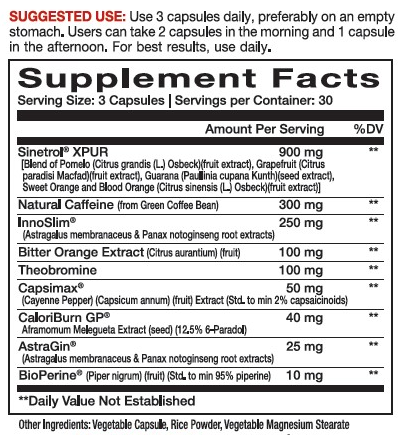
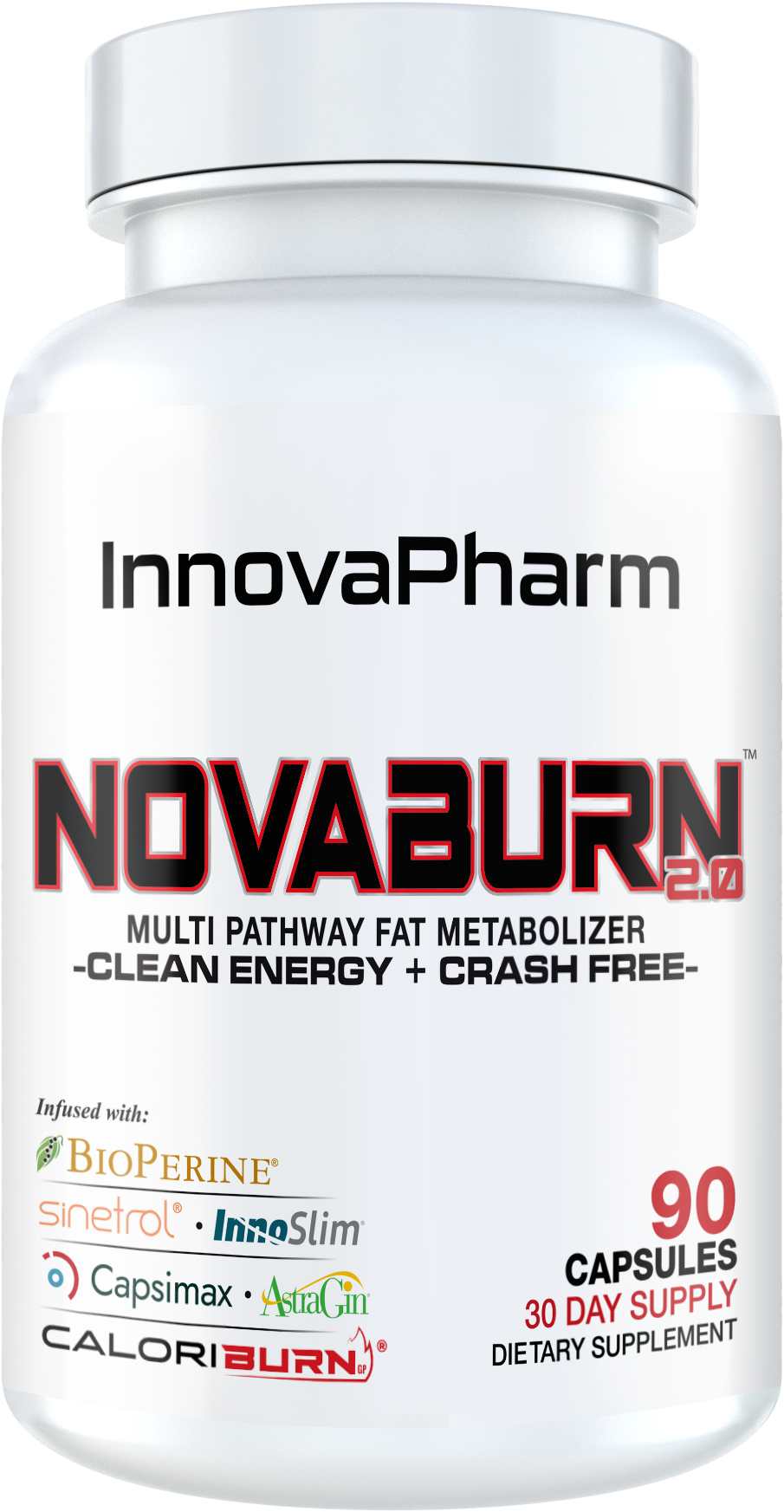
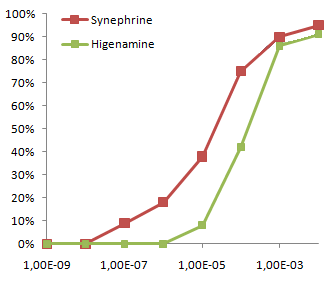
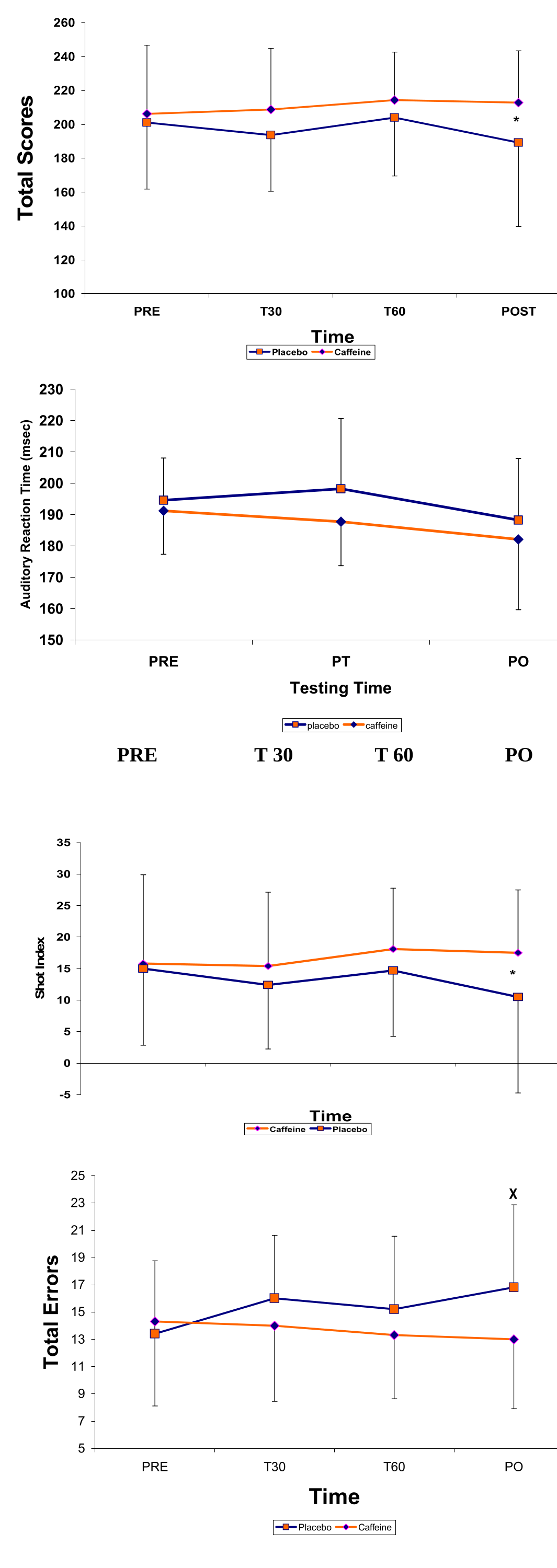
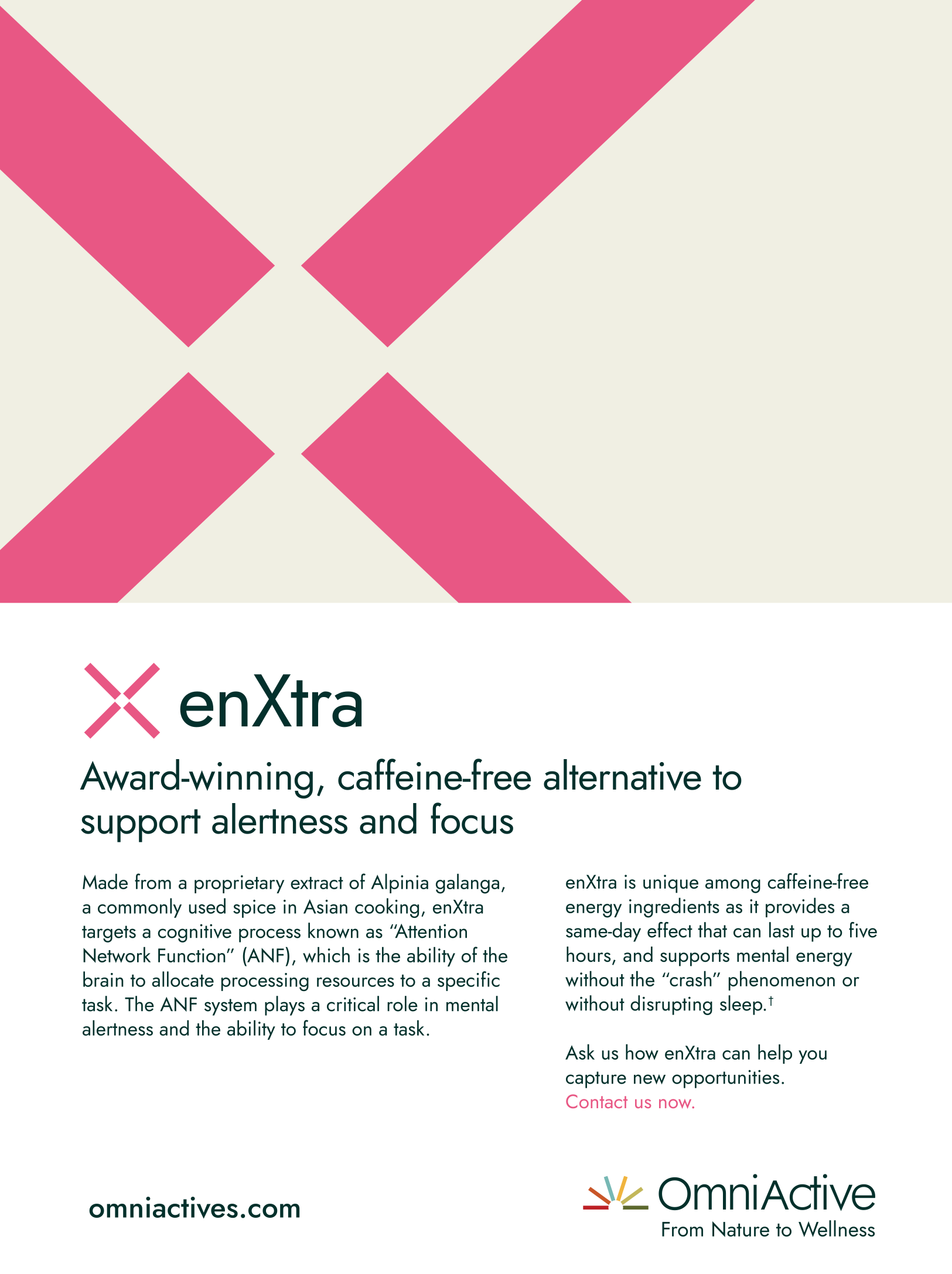

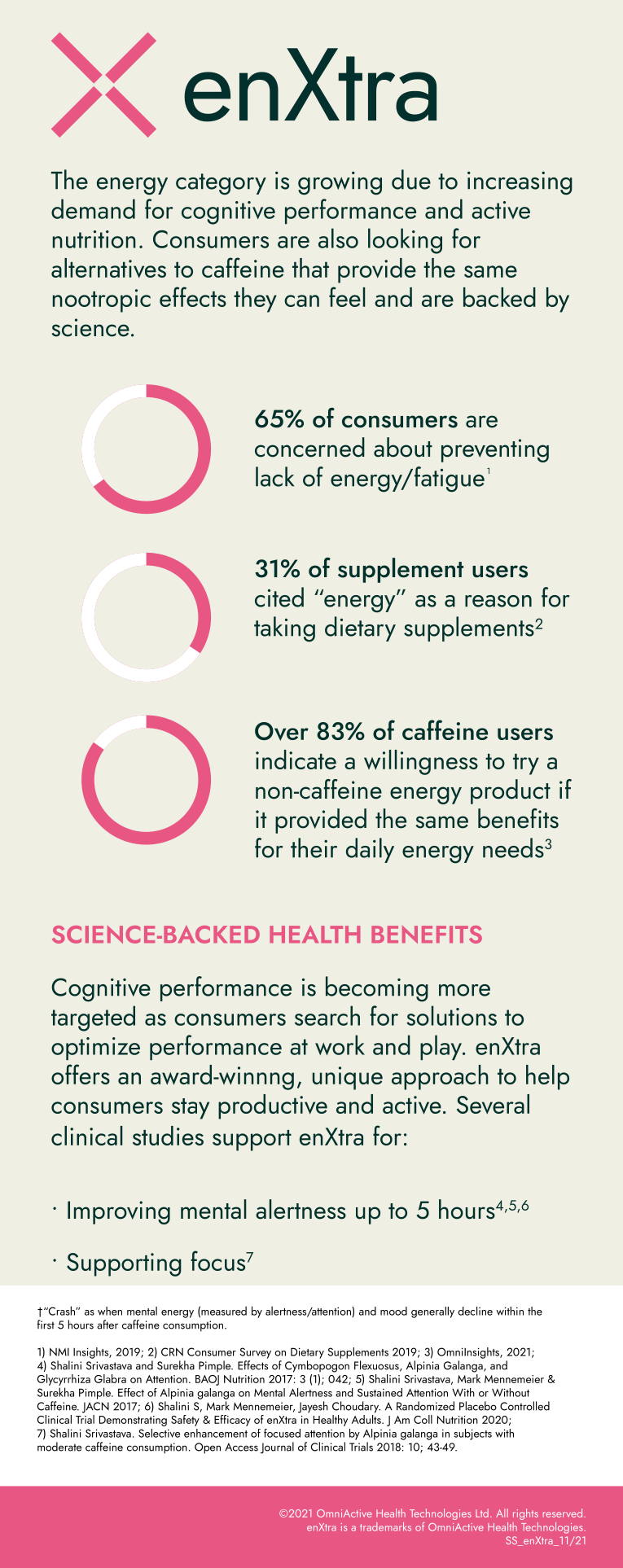
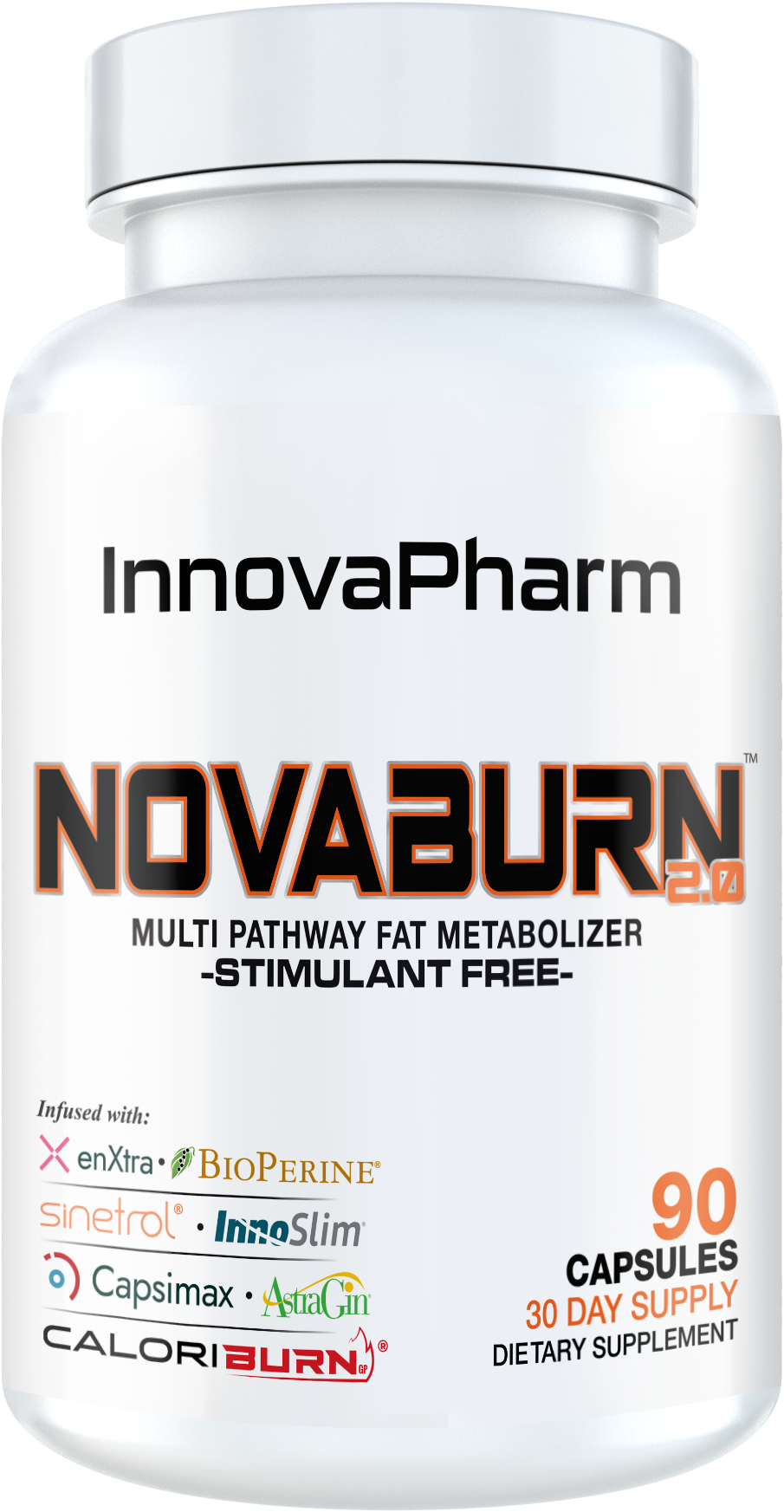
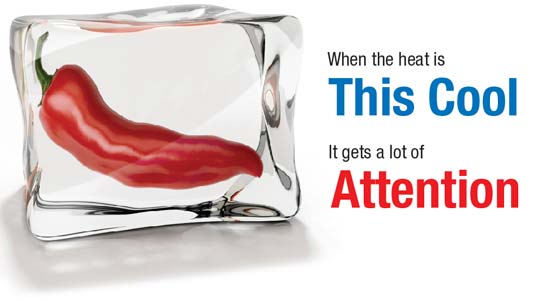


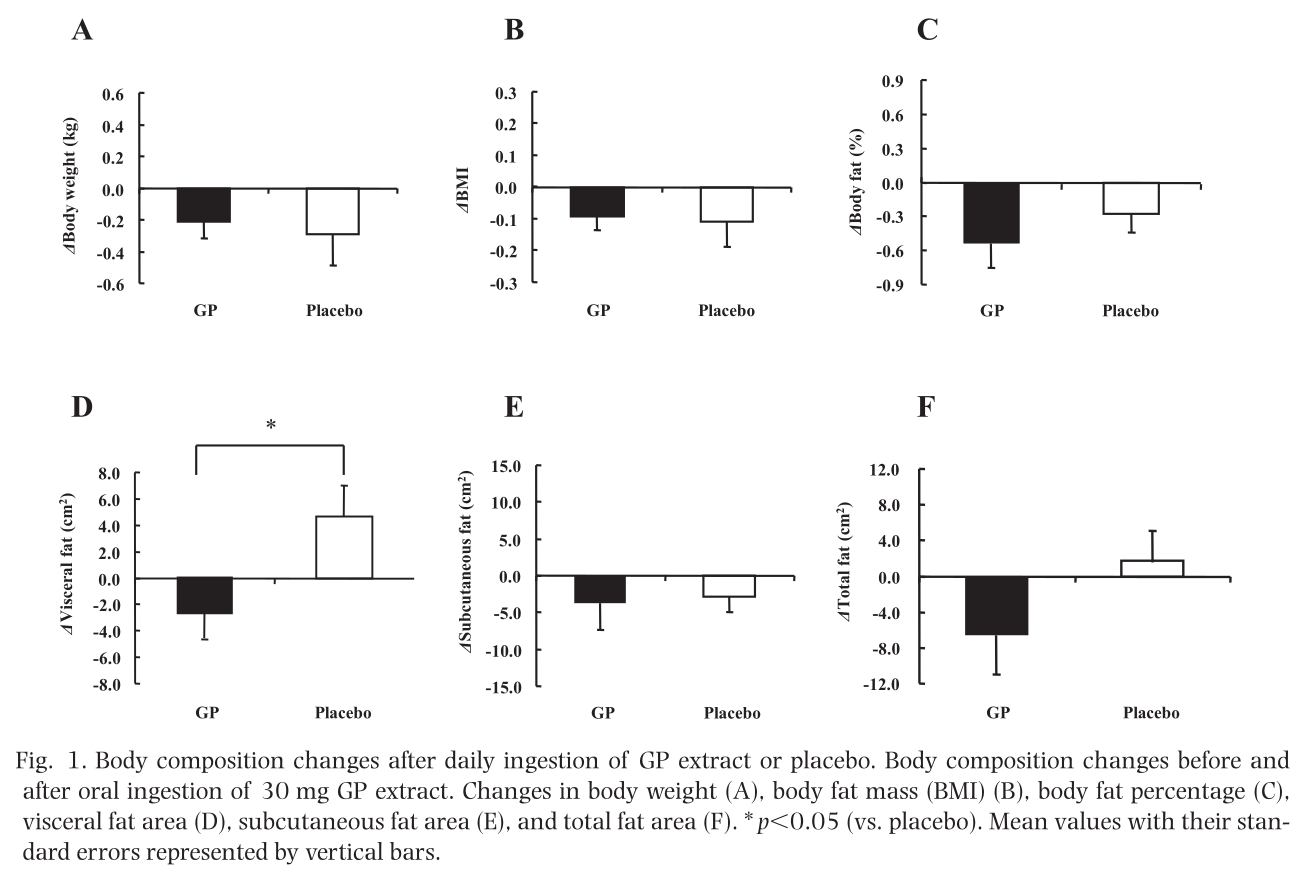
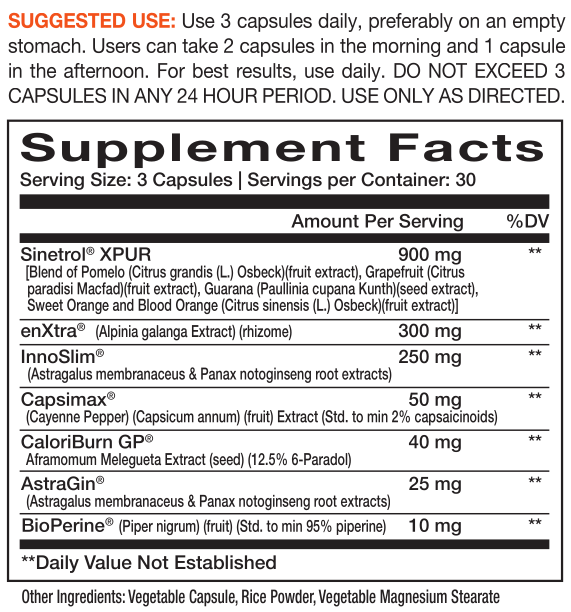
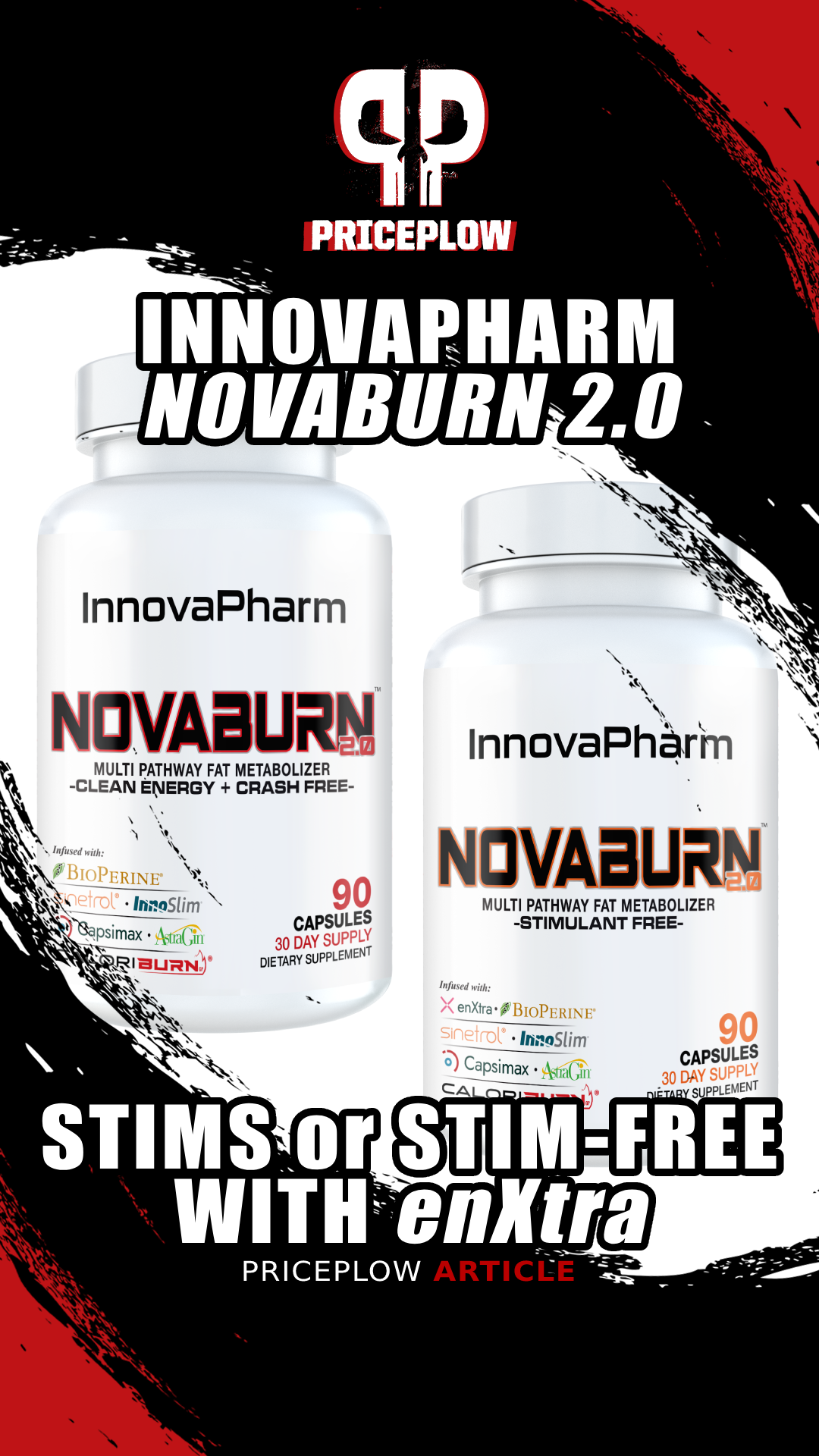
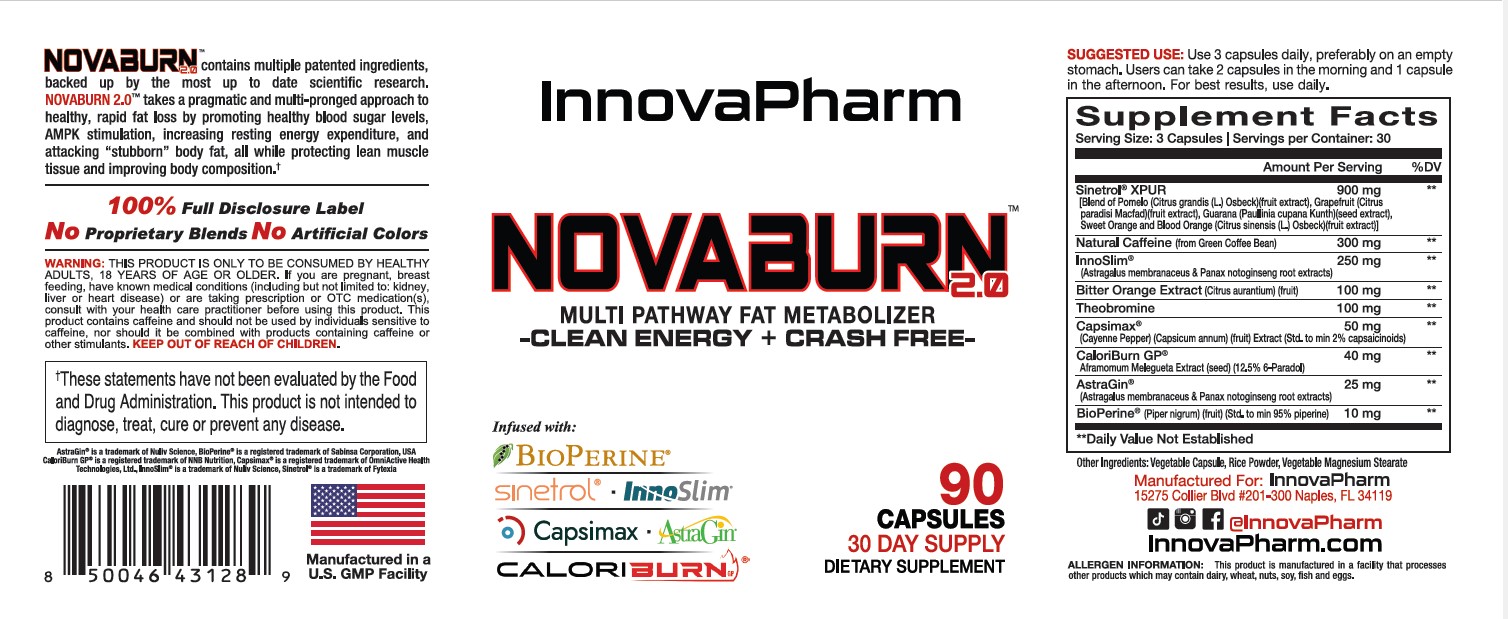
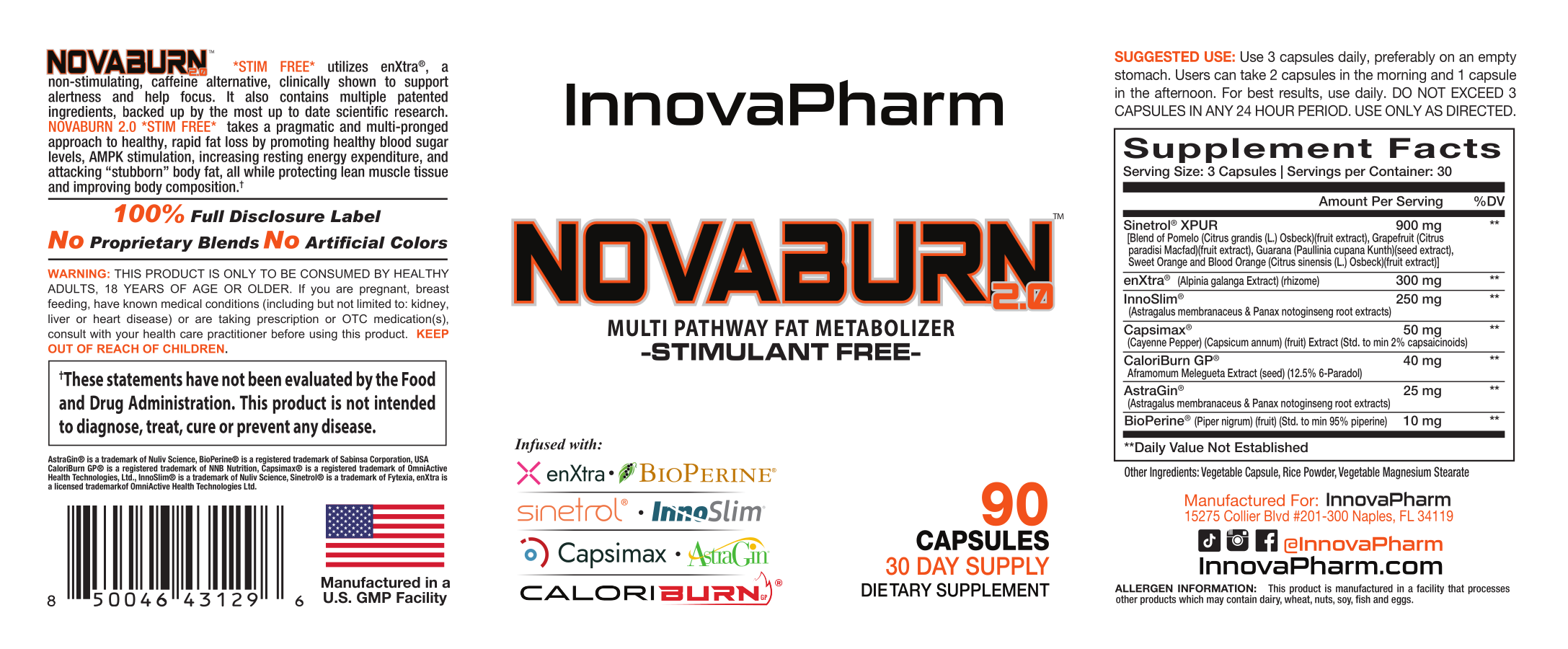


Comments and Discussion (Powered by the PricePlow Forum)